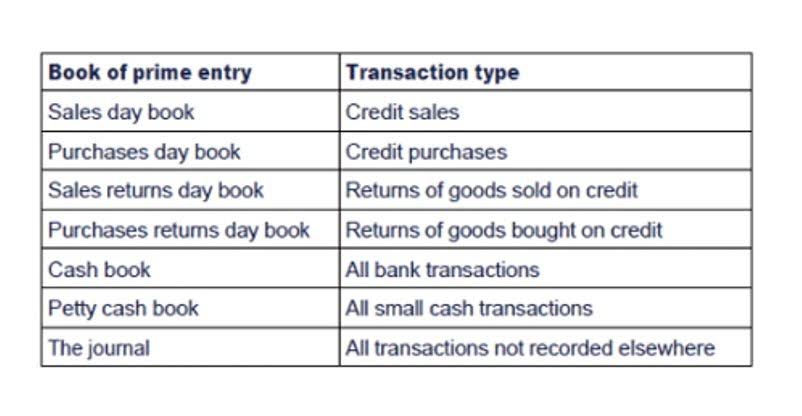
Too much debt and a company may be in danger of not being able to meet its interest and principal payments, as well as creating a strain on its finances. It is important to evaluate industry standards and historical performance relative to debt levels. Many investors look for a company debt to asset ratio to have a debt ratio between 0.3 and 0.6. Debt ratios are also interest-rate sensitive; all interest-bearing assets have interest rate risk, whether they are business loans or bonds. The same principal amount is more expensive to pay off at a 10% interest rate than it is at 5%.

What is the total debt-to-total assets ratio?

Investors and lenders calculate the debt ratio of a company from its financial statements. Keep reading to learn more about what these ratios mean and how they’re used by corporations. It gives a fast overview of how much debt a firm has in comparison to all of its assets. Because public companies must report these figures as part of their periodic external reporting, the information is often readily available.
Debt Ratio Formula and Calculation
It helps you see how much of your company assets were financed using debt financing. From a pure risk perspective, lower ratios (0.4 or lower) are considered better debt ratios. Since the interest on a debt must be paid regardless of business profitability, too much debt may compromise the entire operation if cash flow dries up.

Shakti Pumps Reports Impressive Financial Results for Q1 FY25, Shows Strong Sales Trend and Profit Growth

In a low-interest-rate environment, borrowing can be relatively cheap, prompting companies to take on more debt to finance expansion or other corporate initiatives. It offers insights into the company’s long-term solvency and its ability to meet its long-term obligations. In order to get a more complete picture, investors also https://www.bookstime.com/articles/credit-memo look at other metrics, such as return on investment (ROI) and earnings per share (EPS) to determine the worthiness of an investment. This conservative financial stance might suggest that the company possesses a strong financial foundation, has lower financial risk, and might be more resilient during economic downturns.
What Is a Good Debt Ratio?
At the beginning of the year, the company had net fixed assets of $49,805. Lee Corp. issued 700 shares of its $1 par value common stock at $12 per share, with issue costs of $73. In this case, the principal is $8,000, the interest rate is 7% (or 0.07), and the loan term is 3 years. However, there are also drawbacks to this marketing communication technique.
A company’s debt to assets ratio can vary depending on its stage in the business life cycle. Start-ups and early-stage companies often rely more on debt to finance their growth, resulting in higher ratios. As a company matures and generates more cash flow, it can pay down its debt and reduce the ratio.
- On the other hand, a lower debt-to-total-assets ratio may mean that the company is better off financially and will be able to generate more income on its assets.
- Debt ratio finds out the percentage of total assets that are financed by debt and helps in assessing whether it is sustainable or not.
- The company in this situation is highly leveraged which means that it is more susceptible to bankruptcy if it cannot repay its lenders.
- The financial health of a firm may not be accurately represented by comparing debt ratios across industries.
- As with all financial metrics, a “good ratio” is dependent upon many factors, including the nature of the industry, the company’s lifecycle stage, and management preference (among others).
How do I calculate a company’s Debt Ratio?
The role of the current ratio in financial analysis
- This will help assess whether the company’s financial risk profile is improving or deteriorating.
- On the other hand, an increase in accounts payable is added back (+$16,000) because it represents a source of cash.
- Some industries, such as banking, are known for having much higher debt-to-equity ratios than others.
- Shaun Conrad is a Certified Public Accountant and CPA exam expert with a passion for teaching.
- In other words, the ratio does not capture the company’s entire set of cash “obligations” that are owed to external stakeholders – it only captures funded debt.
